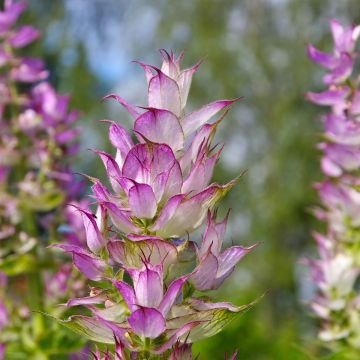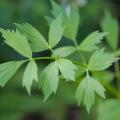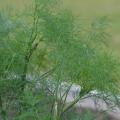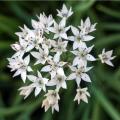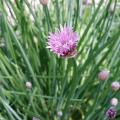Salvia - Sage
Would this plant suit my garden? Set up your Plantfit profile →
Available in 2 sizes
Available in 2 sizes

Available in 2 sizes
Available in 1 sizes
Available in 1 sizes
Available in 2 sizes
Available in 1 sizes
Available in 1 sizes
Available in 2 sizes
Available in 2 sizes
Available in 1 sizes
Available in 1 sizes
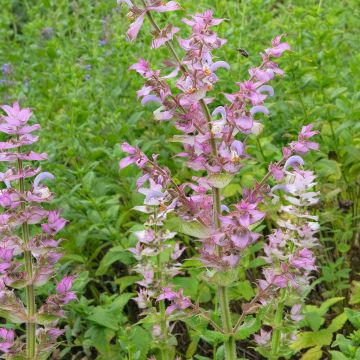
Available in 1 sizes
Available in 1 sizes
Available in 1 sizes
Available in 1 sizes
Available in 1 sizes
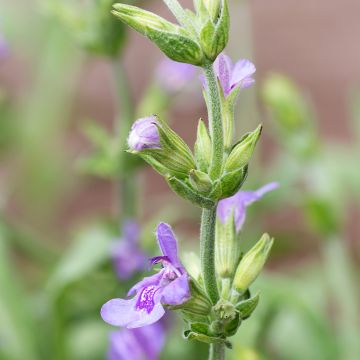
Available in 2 sizes
Sages or Salvia, from the Lamiaceae family, are known for their beauty, as well as their aromatic and medicinal properties. The most famous ones are Salvia officinalis and Salvia sclarea. Sages include several species used in cooking or phytotherapy. Sage officinalis is prized for the pronounced aroma of its leaves, which enhances meat dishes, stews, and sauces. In traditional medicine, it is renowned for its antiseptic and digestive properties. Clary sage produces a highly fragrant essential oil, and its leaves and flowers are often used in perfumery and aromatherapy for their relaxing virtues. As for Salvia elegans, with its bright red flowers, it is not only decorative but also appreciated for its pineapple flavour. Salvia apiana, or white sacred sage, is locally used in purification rituals. Salvia lavandulifolia, also known as lavender-leaved sage, is known for its relaxing properties and is frequently used in essential oils. Discover all our aromatic sages in this selection.
Cultivating aromatic sages is relatively simple. They generally thrive in well-drained soil and sunny exposure. It is advisable to water them moderately, as they tolerate drought well. Discover them in this selection.
Haven't found what you were looking for?







































